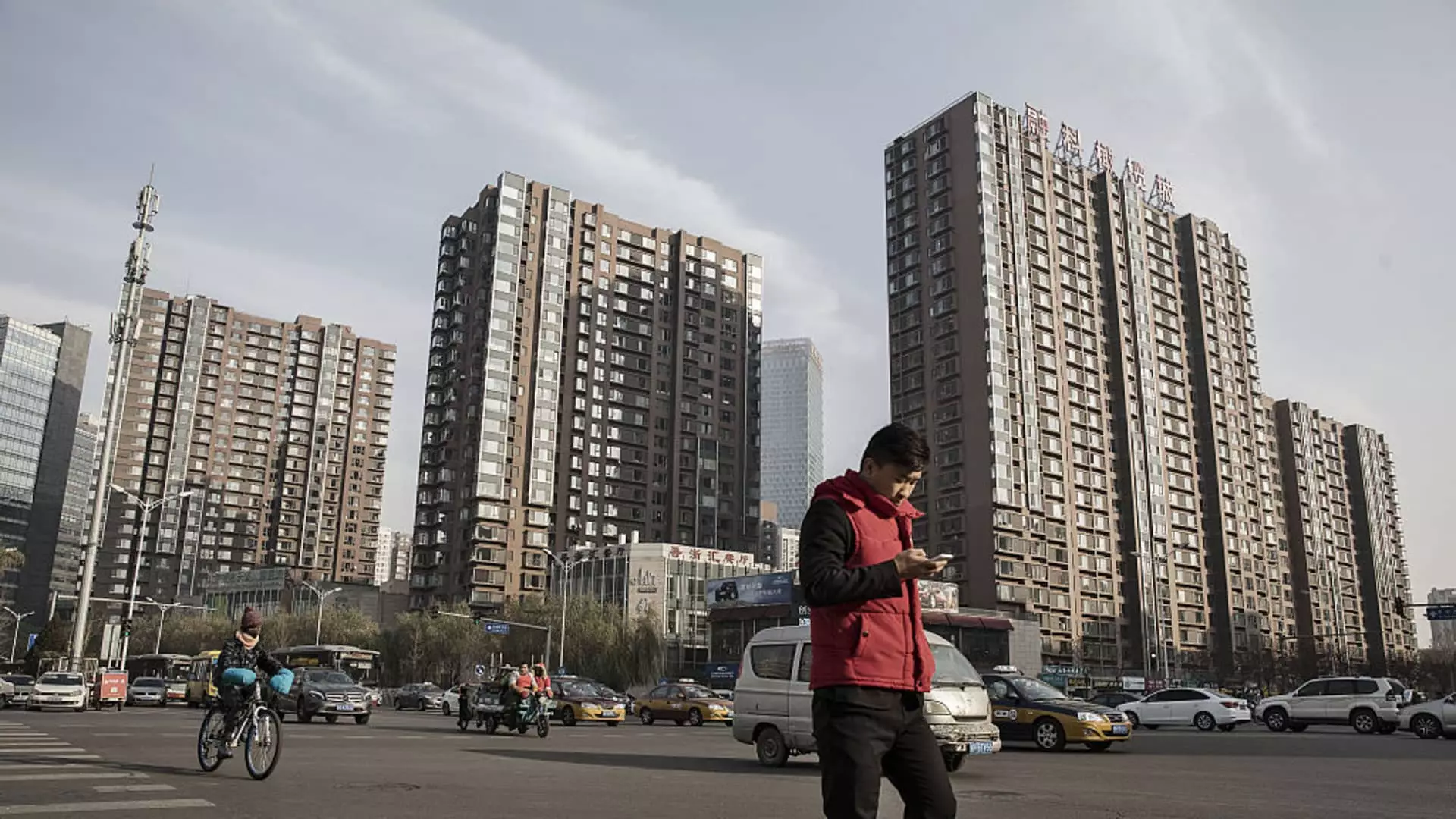China’s real estate sector has faced unprecedented challenges in recent years, primarily due to stringent regulations aimed at curbing excessive debt within the industry. This crackdown, initiated in 2021, led to numerous defaults among developers, leaving many housing projects incomplete. The sector, once a significant component of the nation’s GDP, has seen its credibility and buyer confidence plummet, with property-related activities contributing less than a quarter to the overall economy. As economic pressures mounted, citizens and investors alike became increasingly concerned about the sector’s stability and the broader implications for the economy.
In response to the growing crisis, the Chinese government has recently signaled a commitment to revitalizing the real estate market through a series of strategic financial measures. At a press conference, Ni Hong, China’s Minister of Housing and Urban-Rural Development, announced an ambitious plan to allocate more capital to approved real estate projects, or those on a designated “whitelist.” This initiative includes expediting loan approvals from financial institutions, totaling an impressive 4 trillion yuan (approximately $561.8 billion) aimed specifically at these projects.
Having already sanctioned 2.23 trillion yuan in loans to developers listed on this whitelist, the government expressed optimism that this figure would surpass expectations by year’s end. This fresh influx of capital is positioned as a necessary lifeline to counteract the stagnation in the property market, suggesting a new phase of intervention from Beijing.
Stimulus Measures and Market Reactions
Recent announcements surrounding governmental stimulus have been met with palpable optimism in the financial markets. Following the news of increased financial support, Chinese property stocks experienced a notable rally, highlighting a momentary recovery in investor sentiment. The Hang Seng Mainland Properties Index witnessed a rise exceeding 2%, while the broader CSI 300 index’s real estate sector surged nearly 5%. These fluctuations indicate a fluctuating yet hopeful investment climate, driven by expectations of further government action to bolster a lagging economy.
Market reactions have been mixed, however, with volatility remaining a defining characteristic as investors weigh the likelihood of effective government interventions. Historical patterns of stimulus measures that failed to generate significant rebounds linger in investors’ memories. Nonetheless, the collective sentiment seems to lean towards an anticipation of more comprehensive strategies that could underpin stability in the sector going forward.
In addition to national support, regional governments have begun to introduce their own measures to stimulate the real estate market. Recent changes allow local administrations to issue special bonds aimed at land acquisitions and permit the allocation of affordable housing subsidies towards existing inventory. Notably, cities such as Guangzhou, Beijing, and Shanghai have implemented policies aimed at easing restrictions on home purchases, which may further invigorate local real estate dynamics.
These local initiatives reflect a broader understanding of the diverse challenges faced within different regions, reinforcing the need for tailored responses that align with local economic conditions and buyer demographics. Such measures are critical, especially in the wake of disheartening statistics showing significant drops in new home prices and sales year-over-year.
The Road Ahead: Cautious Optimism or Uncertain Future?
Despite recent policies aimed at reigniting the real estate sector, considerable challenges still linger. New home prices dropped at the fastest rate in over nine years, with the National Bureau of Statistics reporting a 23.6% decline in new home sales through August. The weight of investor caution is compounded by the structural integrity of the sector, which remains precarious following multiple defaults from major developers.
As the Chinese government implements these financial support measures, the critical question is whether they can successfully restore consumer confidence and stabilize a beleaguered market. A focus on robust reforms alongside timely financial releases will be required if industry recovery is to be achieved in a meaningful way. The coming months will reveal if these comprehensive strategies yield the desired effects or if further intervention will be necessary to help China’s real estate sector regain its former vitality.


Leave a Reply